How Long Should You Wait to Exercise after Tooth Extraction?
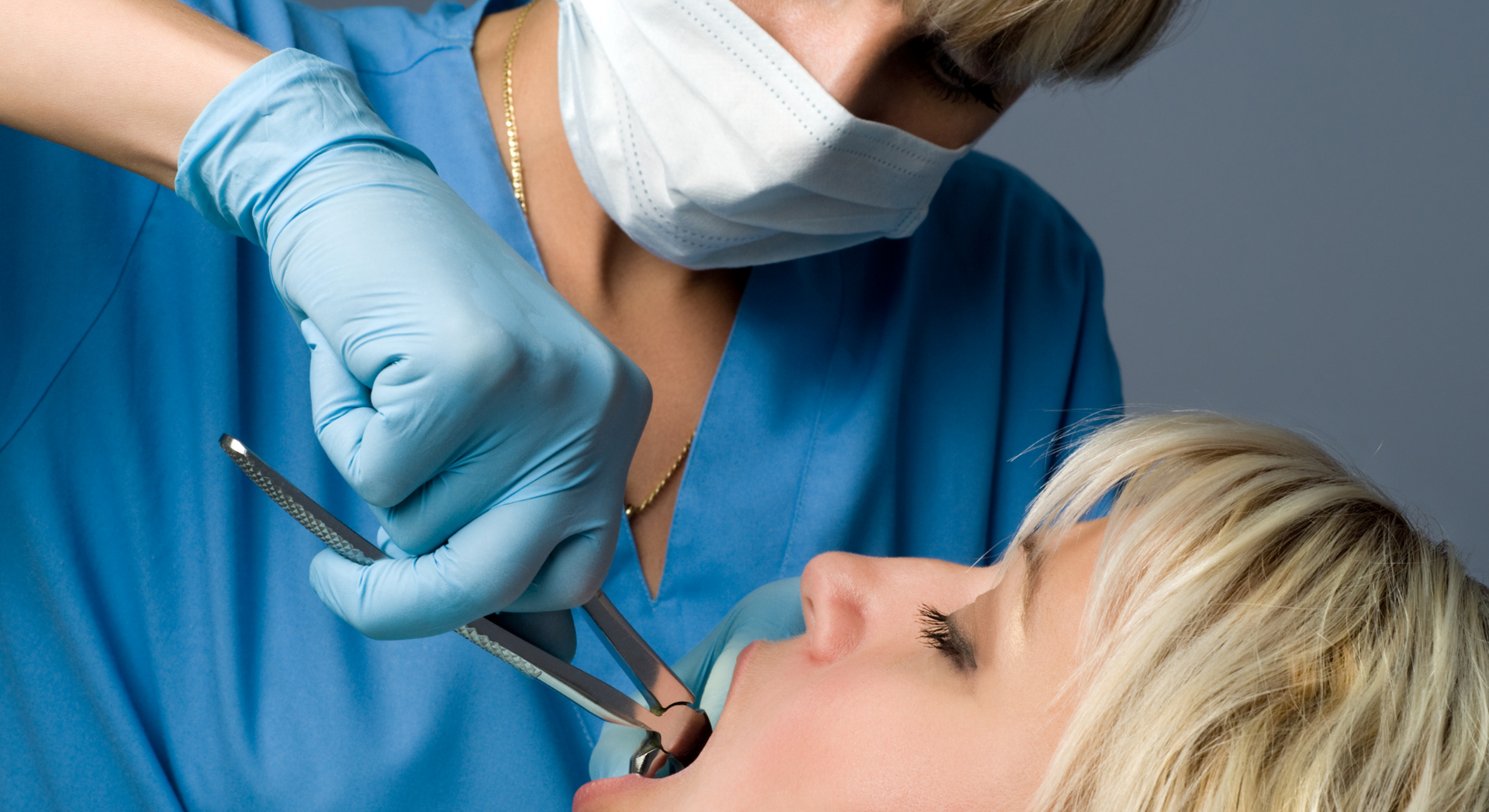
Understanding Tooth Extraction Recovery
The Healing Process
Following a tooth extraction, the body initiates a complex healing process to repair the affected area. Rolling Hills Dental outlines that the first 24 hours are critical, as a blood clot forms in the socket to protect the bone and nerves underneath. This clot is a foundational step in the healing process and must be preserved to prevent complications.
- The initial phase involves swelling and discomfort, which typically subside within a few days.
- Secondary healing includes tissue regeneration and socket closure, which can take several weeks.
It is essential to follow post-operative care instructions meticulously to support the natural healing process and ensure a smooth recovery. Avoiding strenuous activities and adhering to dietary restrictions play a pivotal role in this phase.
Factors Affecting Recovery Time
The duration of recovery after a tooth extraction can vary significantly from person to person. Several factors influence the healing time, including the complexity of the extraction, the individual's age, and their overall health status. For instance, a simple extraction of a tooth that is fully erupted and visible in the mouth may heal faster than the removal of an impacted wisdom tooth.
- Complexity of the Extraction: Simple vs. Surgical
- Age: Younger patients tend to heal faster
- Health Status: Underlying conditions can slow healing
- Medication Use: Certain medications may affect recovery
- Smoking: Delays the healing process
It is crucial to consider these variables when planning your recovery timeline. A personalized approach, taking into account your specific circumstances, will yield the best outcomes for healing and resuming normal activities.
Signs of Proper Healing
After a tooth extraction, monitoring the healing process is crucial to ensure a smooth recovery and to prevent complications such as gum disease. Proper healing is indicated by a reduction in swelling and pain over time. The site of the extraction should show signs of tissue regeneration, with the gum tissues gradually closing over the socket.
- Initial blood clot formation within the first 24 hours
- Decrease in bleeding and swelling after 2 to 3 days
- Reduction in discomfort and need for pain medication
- Absence of infection or excessive redness around the extraction site
It is essential to follow your dentist's aftercare instructions to support the healing process and to recognize the signs of proper healing. If the extraction site appears to be healing well, with no signs of infection or persistent pain, it is a positive indication that the body is recovering as expected. However, any unusual symptoms should prompt a visit to the dentist.
The Risks of Exercising Too Soon
Increased Bleeding
Engaging in physical activities too soon after a tooth extraction can lead to increased bleeding. This is because exercise elevates blood pressure, which can disrupt the formation of a blood clot at the extraction site, an essential component of the healing process.
- Elevated heart rate and blood pressure from exercise
- Disruption of initial blood clot
- Potential for prolonged bleeding and complications
It is crucial to allow the blood clot to stabilize and the extraction site to begin healing before resuming exercise to prevent complications such as increased bleeding.
Patients should monitor their bleeding and consult with their dentist or oral surgeon if they notice any excessive or prolonged bleeding. It is typically advised to avoid strenuous activities for at least 24 to 48 hours post-extraction.
Risk of Dry Socket
Engaging in physical activity too soon after a tooth extraction can significantly increase the risk of developing a painful condition known as dry socket. This occurs when the blood clot that forms in the socket to protect the underlying bone and nerves becomes dislodged. The absence of this clot can lead to severe pain and complications that may require additional treatment.
- The incidence of dry socket is relatively low, affecting approximately 2-5% of extractions.
- Certain exercises that involve strenuous activity or impact can exacerbate the risk.
- It is crucial to avoid any form of vigorous exercise that could disturb the extraction site.
Patients are advised to heed their dentist's recommendations on when to resume physical activities to mitigate the risk of dry socket. This typically involves a period of rest and limited activity following the procedure.
Delayed Healing
Engaging in physical activity too soon after a tooth extraction can lead to delayed healing. The body requires adequate time to repair the extraction site, and premature exercise can disrupt the formation of a blood clot, which is essential for the healing process.
- Increased inflammation: Physical exertion can cause blood flow to the area to increase, potentially leading to swelling and discomfort.
- Disruption of the blood clot: The clot acts as a protective layer and its dislodgement can expose the underlying bone and nerves.
- Compromised immune response: The body's ability to fight off potential infections is weakened when resources are diverted to respond to the physical stress of exercise.
It is crucial to allow the body to focus its energy on healing before resuming strenuous activities. Ignoring this can extend recovery time and increase the risk of complications.
Patients should consult with their dentist or oral surgeon to determine the appropriate time to reintroduce physical exercise, taking into account individual healing rates and the complexity of the extraction procedure.
Guidelines for Resuming Exercise
Immediate Post-Extraction Period
In the immediate aftermath of a tooth extraction, it is crucial to prioritize rest and allow the body to initiate the healing process. Physical exertion should be avoided to minimize the risk of complications such as bleeding or the dislodgment of the blood clot that is essential for healing.
During the first 24 to 48 hours, patients are advised to adhere to the following guidelines:
- Refrain from any form of strenuous exercise or heavy lifting.
- Limit movement and avoid any activities that could increase heart rate or blood pressure.
- Engage in light walking only if necessary, and avoid bending over or lifting your head too high.
It is important to closely monitor the extraction site for any signs of excessive bleeding or pain during this period. Any unusual symptoms should prompt an immediate consultation with your dental professional.
Resuming exercise should be a gradual process, with a focus on low-impact activities that do not jeopardize the clotting and healing at the extraction site. It is advisable to consult with your dentist or oral surgeon to receive personalized advice based on your specific situation and overall health.
Gradual Return to Activity
After a tooth extraction, it is crucial to reintroduce physical activity into your routine with caution. A gradual return to exercise helps to minimize the risk of complications and ensures that the healing process is not disrupted. Initially, light activities such as walking can be resumed, as they increase blood circulation without significantly elevating blood pressure.
- Day 1-3: Light walking, gentle stretching
- Day 4-7: Moderate walking, low-impact aerobic exercises
- Week 2: Gradual introduction of more strenuous activities, as comfort permits
It is essential to monitor for any signs of increased pain, swelling, or bleeding during this period. If such symptoms occur, it is advisable to reduce the level of activity and consult with your dental professional.
Remember, the key is to listen to your body and not rush the process. The timeline for returning to regular exercise varies from person to person, depending on individual healing rates and the complexity of the dental procedure.
Recommended Types of Exercise
After a tooth extraction, it is crucial to ease back into your exercise routine with activities that are less likely to impact the surgical site. Low-impact exercises are generally recommended as they minimize the risk of dislodging the blood clot, which is essential for proper healing. Below is a list of suitable exercises to consider during the initial stages of recovery:
- Walking at a gentle pace
- Stretching exercises
- Yoga with modifications to avoid strenuous poses
- Tai Chi
It is advisable to avoid high-impact activities such as running, weightlifting, or any form of contact sports until your dentist gives you the all-clear. As you gradually reintroduce exercise into your daily regimen, monitor for any signs of discomfort or bleeding.
Remember, the goal during recovery is to maintain a balance between staying active and allowing your body to heal. If you experience any pain or swelling, it is a signal from your body to slow down and possibly consult your dentist.
Listening to Your Body
Pain and Discomfort as Indicators
After a tooth extraction, it is crucial to monitor any pain and discomfort as they are primary indicators of your body's recovery process. Pain that diminishes over time suggests a normal healing trajectory. However, if pain persists or intensifies, it may signal complications or the need for a modified recovery plan.
- Mild discomfort is typical and can often be managed with prescribed or over-the-counter pain relievers.
- Severe or throbbing pain, especially when accompanied by other symptoms such as fever or swelling, warrants immediate attention.
- Discomfort that changes in character or location should also prompt a consultation with your dental professional.
It is essential to differentiate between the expected soreness after a dental procedure and pain that may indicate an underlying issue. Listening to your body and responding appropriately to pain can prevent further complications and ensure a smooth recovery.
The Importance of Rest
Rest is a critical component of the recovery process after a tooth extraction. It allows the body to direct its energy towards healing rather than sustaining the physical exertion of exercise. Adequate rest can significantly reduce the risk of complications and promote a smoother recovery trajectory.
During the rest period, it is essential to monitor the body's response to the healing process. The following list outlines key considerations for ensuring effective rest:
- Ensure comfortable sleeping positions to avoid putting pressure on the extraction site.
- Limit activities that can lead to increased heart rate and blood pressure.
- Plan for intermittent periods of rest throughout the day to alleviate fatigue.
While the body recuperates, it is not uncommon to feel a sense of restlessness or a desire to return to normal activities. However, giving the body time to rest is paramount for a successful recovery. Patience during this period is vital, as it lays the foundation for a safe return to exercise and daily routines.
When to Seek Medical Advice
While mild discomfort and some swelling are normal after a tooth extraction, certain symptoms warrant immediate medical attention. If you experience severe pain, excessive bleeding, or signs of infection, it is crucial to contact your dentist or surgeon.
- Persistent or worsening pain after the first few days
- Bleeding that does not subside with pressure
- Swelling that increases or persists beyond 48 hours
- Fever, foul taste, or pus indicating a possible infection
- Difficulty breathing or swallowing
It is essential to follow your healthcare provider's instructions and attend all follow-up appointments. Ignoring persistent or severe symptoms can lead to complications that may significantly delay your recovery and return to exercise.
Supporting Recovery Through Nutrition and Hydration
Nutritional Needs After Tooth Extraction
Following a tooth extraction, it is crucial to focus on a balanced diet that supports healing. Adequate nutrition is essential for tissue repair and can significantly impact the recovery process.
- Protein-rich foods: Essential for tissue repair and immune function.
- Vitamins and minerals: Particularly vitamin C and calcium, which are vital for gum and bone health.
- Soft foods: To avoid irritation at the extraction site and facilitate easier consumption.
Ensuring a well-rounded intake of nutrients will not only expedite the healing process but also help maintain overall health during the recovery period.
Hydration plays a complementary role in recovery, aiding in the overall function of the body and the removal of toxins. It is advisable to consume plenty of fluids, avoiding those that may cause dehydration or irritation to the sensitive areas of the mouth.
Staying Hydrated
Maintaining adequate hydration is crucial for recovery after a tooth extraction. Proper fluid intake supports the healing process by facilitating the transportation of nutrients to the site of surgery and the removal of waste products from the body. Dehydration, on the other hand, can lead to a slower healing process and increased discomfort.
To ensure optimal hydration levels, consider the following guidelines:
- Aim to drink at least 8-10 glasses of water per day.
- Incorporate hydrating foods into your diet, such as fruits and vegetables with high water content.
- Avoid caffeinated beverages, as they can lead to dehydration.
It is important to note that individual hydration needs can vary, especially if you are taking medication that affects fluid balance or if you have a medical condition that influences your hydration requirements.
Monitoring your hydration status can be done by paying attention to the color of your urine. A pale, straw-like color typically indicates proper hydration, while a dark yellow or amber color suggests a need for increased fluid intake. Adjust your water consumption accordingly to support your body's healing process.
Foods and Drinks to Avoid
After a tooth extraction, certain foods and drinks can interfere with the healing process and should be avoided to ensure a smooth recovery. Hot beverages and foods can increase blood flow to the area, potentially leading to more swelling and a higher risk of bleeding. Similarly, foods that are hard, crunchy, or require significant chewing can disturb the extraction site and cause discomfort or dislodge the blood clot.
- Spicy foods: Can irritate the wound
- Alcoholic beverages: Can delay healing and interact with medications
- Carbonated drinks: May dislodge the blood clot
- Seeds and grains: Can become lodged in the extraction site
It is crucial to adhere to dietary restrictions during the initial healing phase to prevent complications and promote optimal recovery. Choosing soft, nutrient-rich foods and avoiding those that pose a risk to the extraction site will support the body's natural healing process.
Frequently Asked Questions
-
How long should I wait before exercising after a tooth extraction?
It's generally recommended to wait at least 48-72 hours before resuming any form of exercise after a tooth extraction to allow for initial clot formation and healing.
-
What are the risks of exercising too soon after tooth extraction?
Exercising too soon can increase the risk of bleeding, lead to a painful condition known as dry socket, and potentially delay the overall healing process.
-
What signs indicate that my extraction site is healing properly?
Proper healing is indicated by reduced swelling, minimal pain, absence of excessive bleeding, and the gradual formation of gum tissue over the extraction site.
-
Can I do light exercise after tooth extraction?
Light exercise such as walking may be permissible a day after extraction, but it's important to avoid any strenuous activity that could dislodge the blood clot at the extraction site.
-
What types of exercise are recommended after getting a tooth pulled?
Once your dentist gives you the go-ahead, you can start with low-impact activities such as walking or gentle yoga and gradually increase intensity based on comfort and healing progress.
-
What should I eat and drink to support recovery after tooth extraction?
Focus on soft, nutrient-rich foods and plenty of fluids to stay hydrated. Avoid hot, spicy, or hard foods and straws, as they can interfere with the healing process.
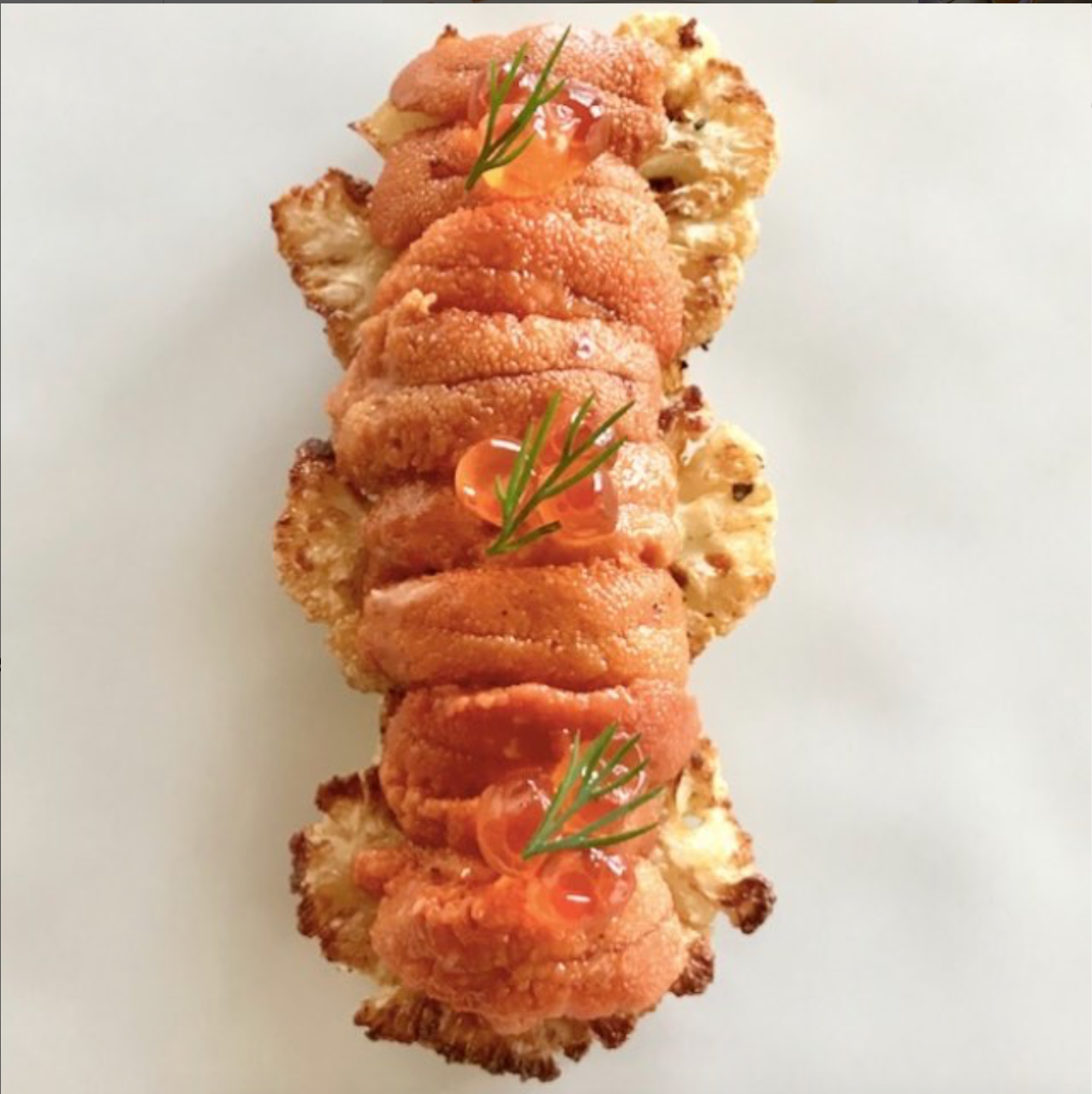

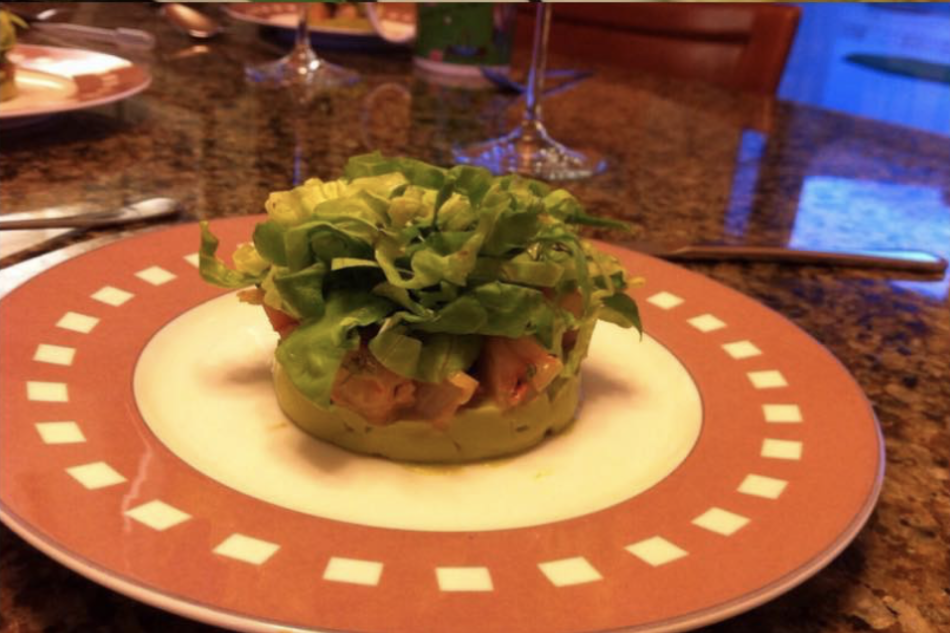
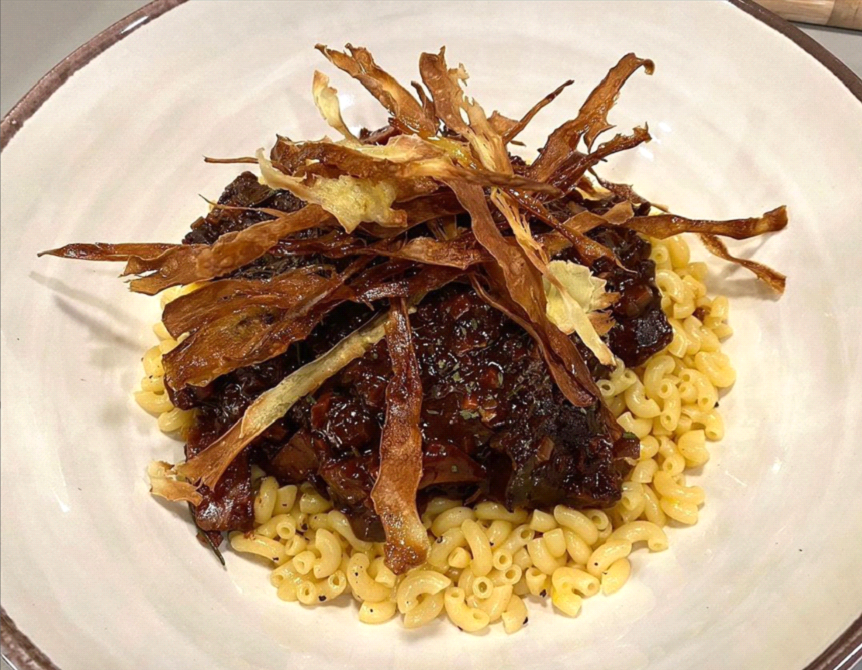
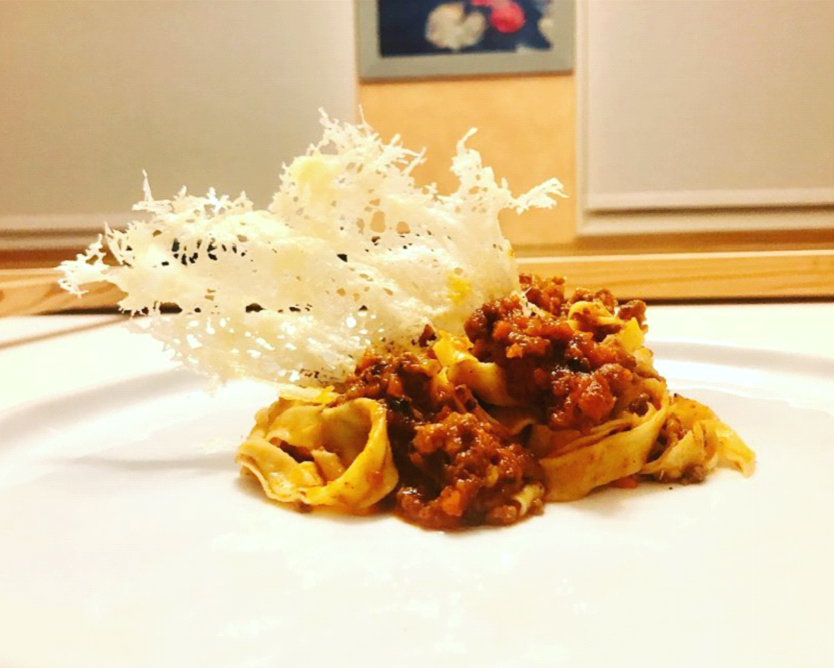
Hours & Address
MONDAY: CLOSED
TUESDAY: 8 AM - 5 PM
WEDNESDAY: 8 AM - 5 PM
THURSDAY: 8 AM - 5 PM
FRIDAY: 8 AM - 3 PM
Navigation Links
All Rights Reserved | DR. CHAN DENTISTRY | SITE MAP | PRIVACY POLICY | TERMS & CONDITIONS


